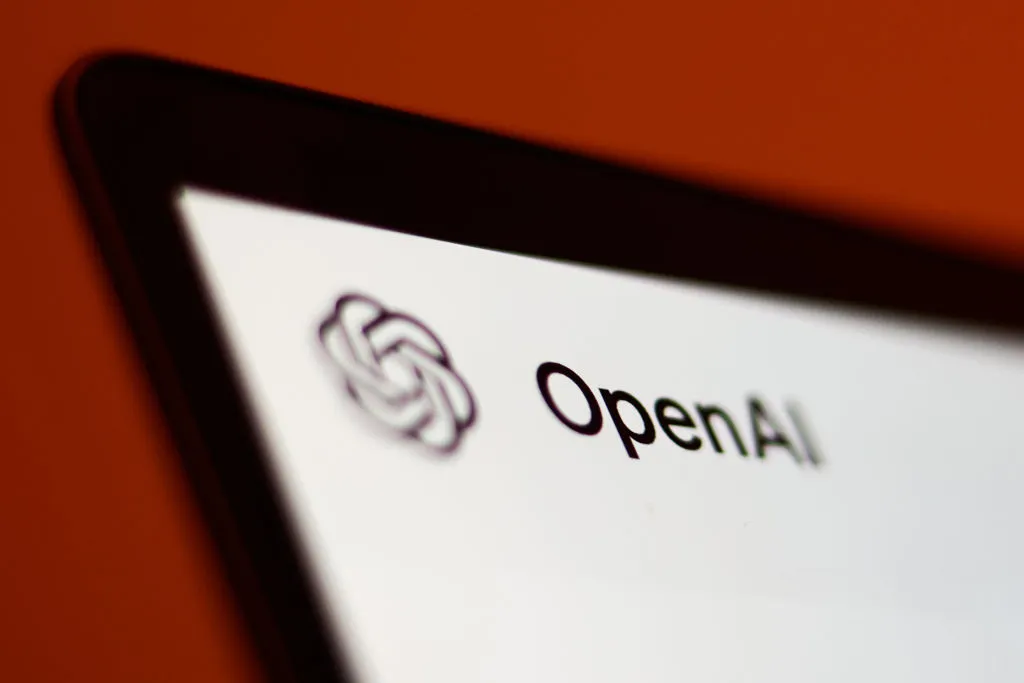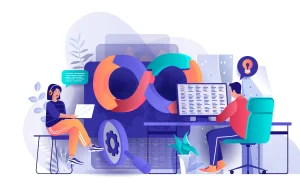OpenAI Faces Criticism for Its Struggles with Basic Math Skills

Image Credits:Jakub Porzycki/NurPhoto / Getty Images
The Backlash Against OpenAI’s Claims on GPT-5’s Math Breakthroughs
Introduction
In the world of artificial intelligence, expectations often clash with reality. Recently, OpenAI researchers faced significant criticism following their claims about GPT-5’s mathematical capabilities. Meta’s Chief AI Scientist, Yann LeCun, aptly summarized the situation by saying they were “hoisted by their own GPTards.” The commentary highlights a growing skepticism within the AI community regarding the claims made by organizations about their advancements. This article explores the backlash against OpenAI, including the responses from notable figures and a deeper dive into the claims surrounding GPT-5’s relationship with the infamous Erdős problems.
The Initial Claims on GPT-5
The controversy began when OpenAI’s VP, Kevin Weil, made an announcement via a now-deleted tweet celebrating GPT-5’s supposed accomplishments. He claimed that GPT-5 had not only identified solutions to ten previously unsolved Erdős problems but also made progress on eleven others. Erdős problems are a collection of famous mathematical conjectures posed by the renowned mathematician Paul Erdős, which have stumped researchers for decades.
However, the enthusiasm was short-lived, as mathematician Thomas Bloom, who maintains the Erdős Problems website, contested these claims. He described Weil’s assertions as a “dramatic misrepresentation” of reality. According to Bloom, the status of these problems as “open” merely indicates that he is not aware of any papers that provide solutions, rather than confirming that no solutions exist.
Critical Reactions from the AI Community
The reactions to OpenAI’s claims were swift and pointed. Demis Hassabis, CEO of Google DeepMind, chimed in with his own commentary, deeming the situation “embarrassing.” This reflects a broader sentiment within the AI community where exaggerated claims can lead to misplaced trust and backlash.
Sebastien Bubeck, an OpenAI researcher who initially championed GPT-5’s abilities, later acknowledged that the only achievements involved were finding existing solutions already documented in the literature. He justified the significance of this accomplishment by stating, “I know how hard it is to search the literature,” thereby implying that the act of locating these references still holds value.
Understanding the Erdős Problems
To fully grasp the implications of the claims made by OpenAI, it’s essential to understand what the Erdős problems represent in the mathematical community. The Erdős problems are a collection of conjectures and challenges posed by Erdős, a prolific mathematician who influenced numerous fields, including graph theory, number theory, and combinatorics.
OpenAI’s assertions suggested that GPT-5 might have bridged a gap by providing tangible solutions to these complex problems. However, Bloom clarified that GPT-5’s role was primarily to find already published references. This distinction is crucial because it underscores the difference between genuinely solving a problem and merely uncovering existing knowledge.
The Importance of Accuracy in AI Claims
The fallout from the GPT-5 incident emphasizes the need for accuracy and restraint in how AI advancements are communicated. The potential for misunderstanding can lead to inflated expectations, both in public and within academic circles. It also highlights the ethical responsibility AI companies have when making claims about their technologies.
Moreover, exaggerated claims can undermine genuine progress in the field. When organizations make bold statements without adequate substantiation, they risk diminishing trust among peers and the public. As AI continues to evolve, maintaining credibility will become increasingly crucial for companies like OpenAI.
Reflections on GPT-5 and the Road Ahead
Despite the backlash, the conversation around GPT-5 has opened pathways for valuable discussions about the potential and limitations of AI in complex domains such as mathematics. The ability of AI systems to sift through massive volumes of literature and identify relevant solutions is no small feat. In this sense, it is essential to appreciate the merit in what GPT-5 can accomplish, even if it does not indicate groundbreaking discoveries.
As AI technologies continue to advance, the focus should not solely be on sensational headlines, but on fostering a deeper understanding of their capabilities. Researchers and developers must work collaboratively to navigate the fine line between optimism and overreach, ensuring transparency in their achievements.
Conclusion
What transpired following OpenAI’s announcements regarding GPT-5 serves as a cautionary tale for the AI industry. As demonstrated by the critical responses from influential figures like LeCun and Hassabis, claims of monumental breakthroughs should be approached with skepticism and thorough scrutiny. The Erdős problems context clarifies that while GPT-5 may have access to a wealth of information, the distinction between finding existing solutions and solving new problems is significant.
Moving forward, the AI community must prioritize accuracy, transparency, and responsible communication. By doing so, they can foster trust, drive genuine innovation, and lay a more solid foundation for future developments in artificial intelligence.
Thanks for reading. Please let us know your thoughts and ideas in the comment section down below.
Source link
#OpenAIs #embarrassing #math #TechCrunch





